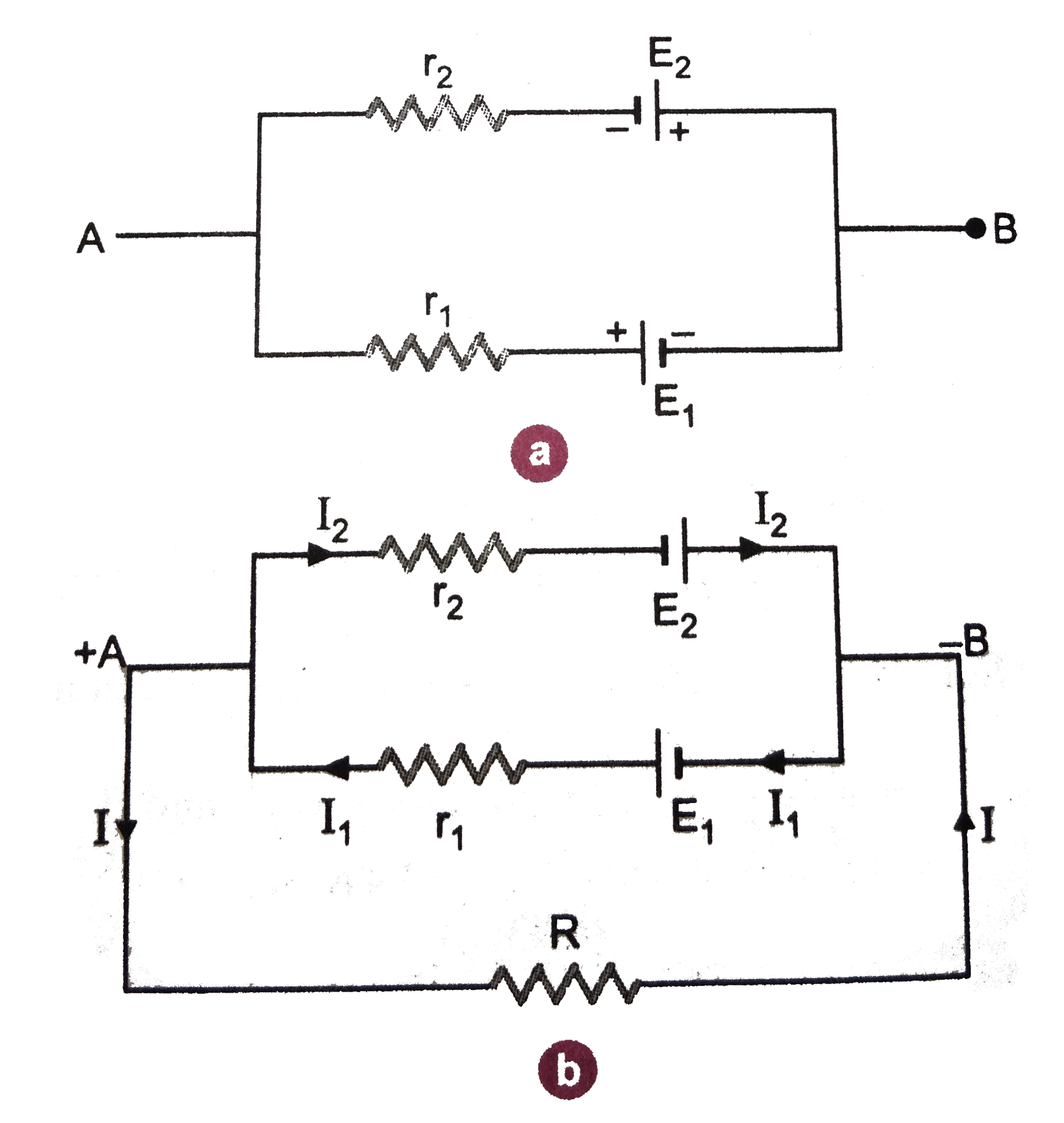If Eδ−1−Eδ+2 bond has given polarity, which of the following is/are correct about polarity? (Electronegativity of E1=2.4,Q=3.1,R=2.6 respectively)
Eδ1−Qδ+
Qδ−−Rδ+
Rδ+−Eδ−2
Qδ+−Eδ−2
The correct Answer is:B
More electronegative element always contain negative charge as compared to less electronegative element so tha polarity will be Q∂−−R∂+ while as per given information E2 is less electronegative than E.
Topper's Solved these Questions
- BOOK - GRB PUBLICATIONCHAPTER - PERIODIC TABLEEXERCISE - F.Acidic-Basic Character, Hydration etc.45videos
PERIODIC TABLE
- BOOK - GRB PUBLICATIONCHAPTER - PERIODIC TABLEEXERCISE - Reasoning Type29videos
PERIODIC TABLE
- BOOK - GRB PUBLICATIONCHAPTER - PERIODIC TABLEEXERCISE - D. Electron Gain Enthalpy (Electron Affinity)50videos
PERIODIC TABLE
- BOOK - GRB PUBLICATIONCHAPTER - NOMENCLATURE AND CLASSIFICATIONEXERCISE - Subjective Type24videos
NOMENCLATURE AND CLASSIFICATION
- BOOK - GRB PUBLICATIONCHAPTER - PRACTICAL ORGANIC CHEMISTRYEXERCISE - Exercise 4 (Matrix match type )1videos
PRACTICAL ORGANIC CHEMISTRY
Similar Questions
Find the e.m.f(E0) end internal resistance (r0) of a simple battery which is equivalent to a perallel combination of two battery of e.m.fE1andE2 and internal resistance v1andv2 respectively with polarities
 View Solution
View SolutionThe electronegativity values of C, H, O and N are 2.5, 1.0, 3.0 and 3.5 respectively: Which of the following is the most polar bond?
View Solution
Knowledge Check
- Question 1 - Select One
Which of these are correct for a prism placed in minimum deviation position?
i=e
r1=r2
delta = 2i-A<br>r_1 – r_2=AAI, II and IVBII,III and IVCI,III and IVDI,II and III - Question 2 - Select One or More
In the above questions, if the polarity of E2 is reversed, then
Acurrent in both ammeters will flow in same directionBcurrent in both ammeters will flow in opposite directionsCcurrent in both ammeters can be same if R1>R2Dcurrent in both can be same if R1<R2 - Question 3 - Select One or More
Two cells of emf E1=6V and E2=5 are joined in parallel with same polarity on same side without any external load. If their internal resistance are r1=2Ω and r2=3Ω respectively, then
Aterminal potentiasl difference across any cell is less than 5VBterminal potential differences any cell is 5.6VCcurrent through the cells is 0.2ADcurrent through the cells is zero if E1=E2
Let E1andE2 two ellipse whose centres are at the orgin. Then major axes of E1andE2 lie along the x-axis and the y-axis, respectively. Let S be the circle x2+(y−1)2=2 the straight line x + y = 3 touches the curves S, E1andE2 at P, Q and R, respectively. Suppose that PQ=PR=2√23, if e1ande2 are the eccentricities of E1andE2, respectively, then the correct expression(s) is (are)
View SolutionLet E1andE2 be two ellipse whsoe centers are at the origin. The major axes of E1andE2 lie along the x-axis , and the y-axis, respectively. Let S be the circle x2+(y−1)2=2 . The straigth line x+y=3 touches the curves, S, E1andE2 at P,Q and R, respectively . Suppose that PQ=PR=2√23. If e1ande2 are the eccentricities of E1andE2 respectively, thent hecorrect expression (s) is (are)
View SolutionIf e1 and e2 are the eccentricities of the hyperbola and its conjugate hyperbola respectively then 1e21+1e22 is equal to
View SolutionTwo cells of emf E1 and E2 are to be compared in a potentiometer (E1>E2) . When the cells are used in series correctly , the balancing length obtained is 400 cm. When they are used in series but E2 is connected with reverse polarities, the balancing obtaiend is 200cm. Ratio of emf of cells is
View SolutionRead the following passage for the evaluation of E∘ when different number of electrons are involved. Consider addition of the following half reactions
(1) Fe3+(aq)+3e−→Fe(s)E∘1=0.45V
(2) Fe(s)→Fe2+(aq)+2e−E∘2=−0.04V
(3) Fe3+(aq)+e−→Fe2+(aq)E∘3=?
Because half-reactions (1) and (2) contains a different number of electrons, the net reaction (3) is another half-reaction and E∘3 can't be obtained simply by adding E∘1 and E∘3. The free - energy changes however, are additive because G is a state function : ΔG∘3=ΔG∘1+ΔG∘2
If number of electrons in the reacton are n1,n2 and n2 respectively, then standard electrode potential of reation (3) isView Solution

